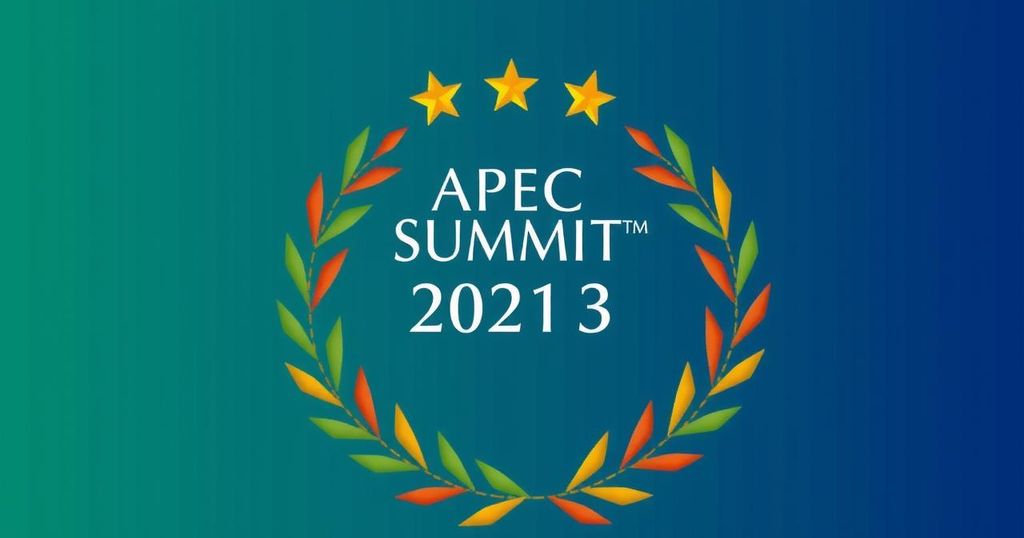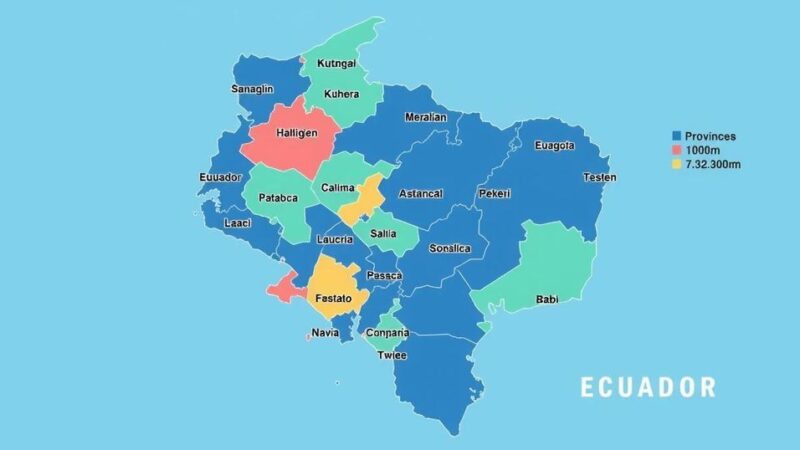The APEC forum concluded in Lima with leaders from 21 economies, including President Biden and President Xi, amid concerns over U.S. trade policies under Donald Trump. The summit showcased Xi’s advocacy for globalization while tensions with the U.S. persisted, exemplified by Biden’s late arrival and his final attendance as president. The meeting concluded with expectations for a pivotal discussion between Biden and Xi regarding trade relations.
The Asia-Pacific Economic Cooperation (APEC) forum concluded its two-day meeting in Lima, Peru, characterized by a palpable sense of unease regarding the future of global economic collaboration. The forum brought together 21 leaders from Pacific Rim economies, including U.S. President Joe Biden, Chinese President Xi Jinping, and Japanese Prime Minister Shigeru Ishiba, amidst rising tensions surrounding trade policies. Donald Trump, the incoming U.S. president, has signaled a departure from traditional global trade leadership, raising concerns about APEC’s efficacy in the coming years. As the leaders gathered for the customary family photo, President Biden’s tardy arrival drew attention and underscored the shifting political dynamics. Meanwhile, President Xi prominently positioned himself at the forefront, advocating for globalization and against protectionist approaches, notably inaugurating a significant $1.3 billion port project in Peru. The leaders donned traditional Peruvian scarves, symbolizing camaraderie, though underlying tensions remained regarding U.S.-China relations. In a significant development, President Biden and President Xi were scheduled for a bilateral discussion later on Saturday, marking their third meeting in Biden’s term and potentially addressing the escalating trade and security rivalry between their nations. Given the impending political shifts in the U.S., the outcomes of this APEC summit may set the tone for future international economic collaboration and diplomacy.
The Asia-Pacific Economic Cooperation (APEC) is a forum aimed at promoting free trade and economic cooperation throughout the Asia-Pacific region. Established in 1989, the organization comprises 21 member economies and holds annual summits where leaders discuss strategies for sustaining economic growth and addressing regional challenges. The 2023 summit in Lima marked a crucial meeting point as global dynamics shift, particularly with the anticipated policy changes under the incoming U.S. administration led by Donald Trump, and the continuing rise of China’s economic influence under President Xi Jinping.
In summary, the APEC summit in Lima underscored significant geopolitical shifts, particularly amidst the backdrop of an uncertain U.S. trade policy under Donald Trump. The contrasting approaches of Presidents Biden and Xi highlighted the ongoing rivalry between the U.S. and China, as both leaders navigated questions around globalization and trade. This summit may represent a pivotal moment for APEC, given the rapidly changing political landscape and the potential for future economic collaboration—or discord—across the Asia-Pacific region.
Original Source: www.livemint.com






